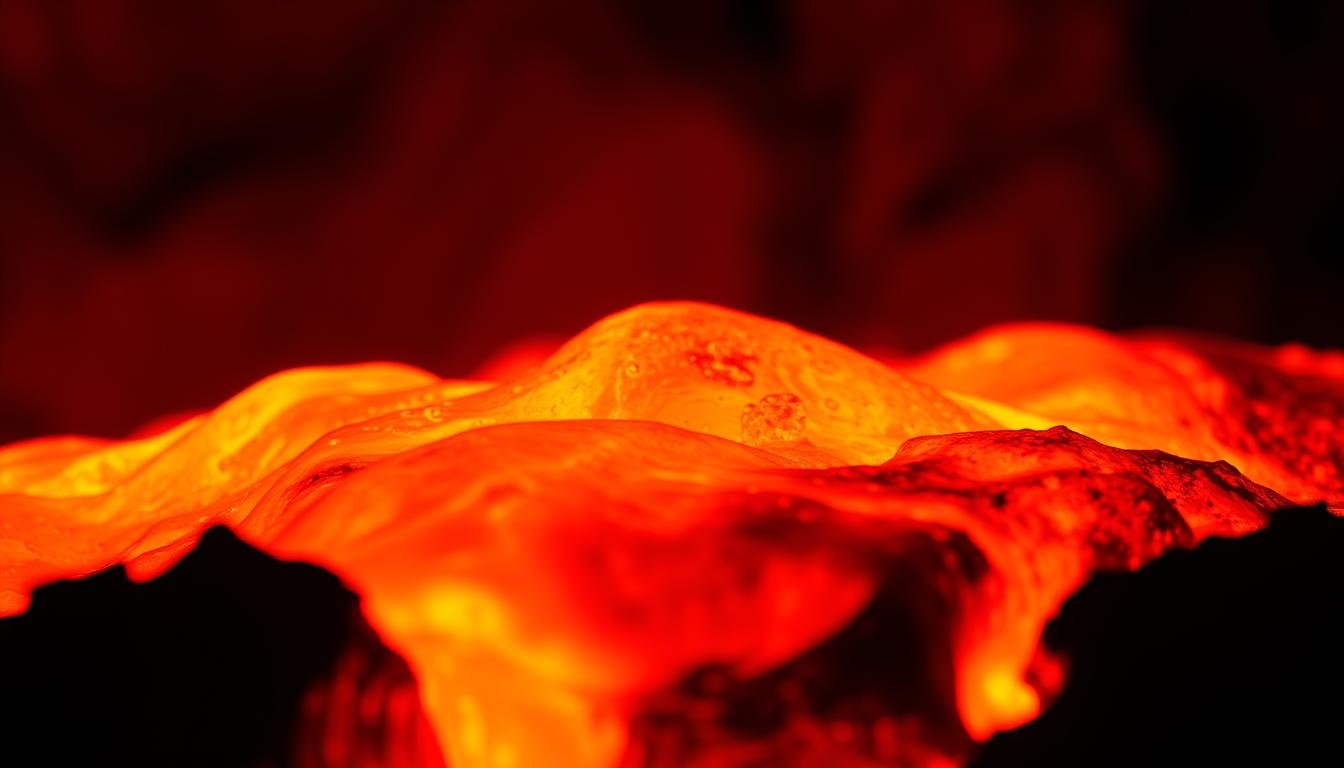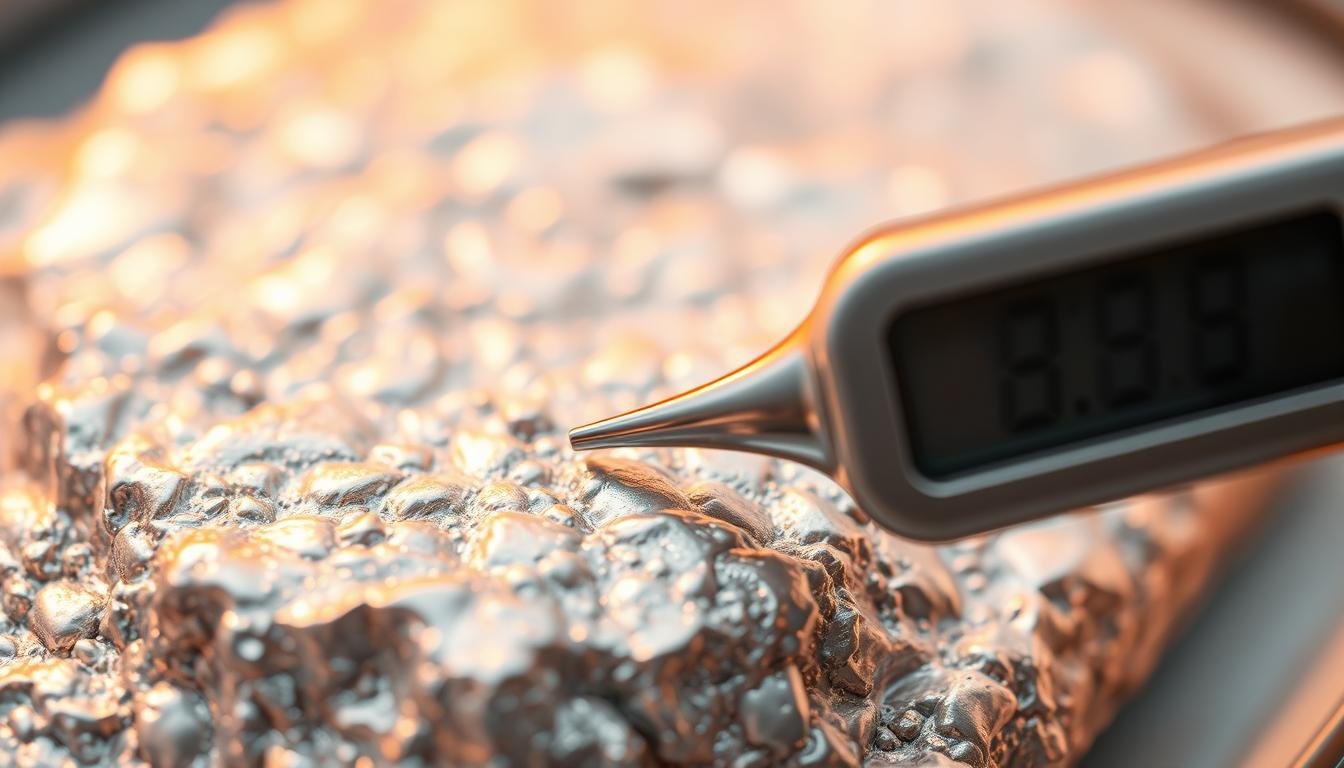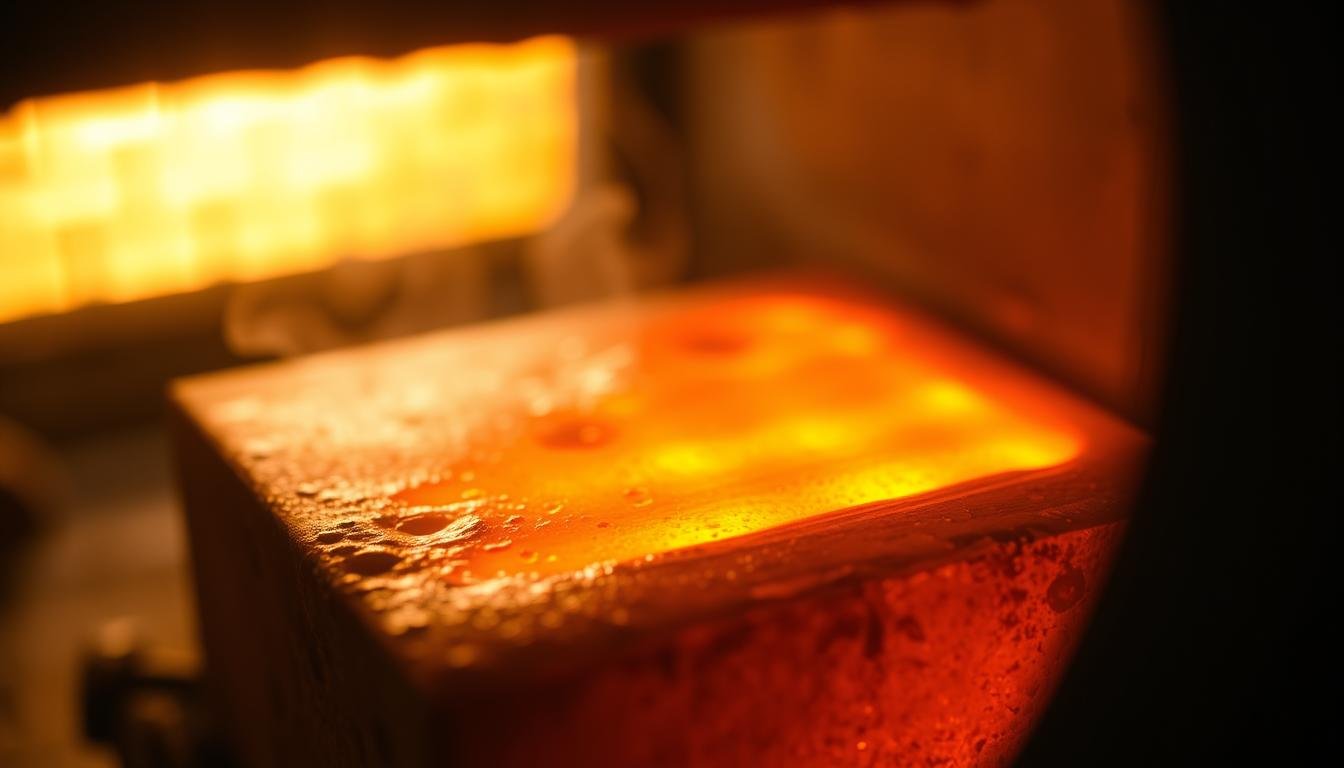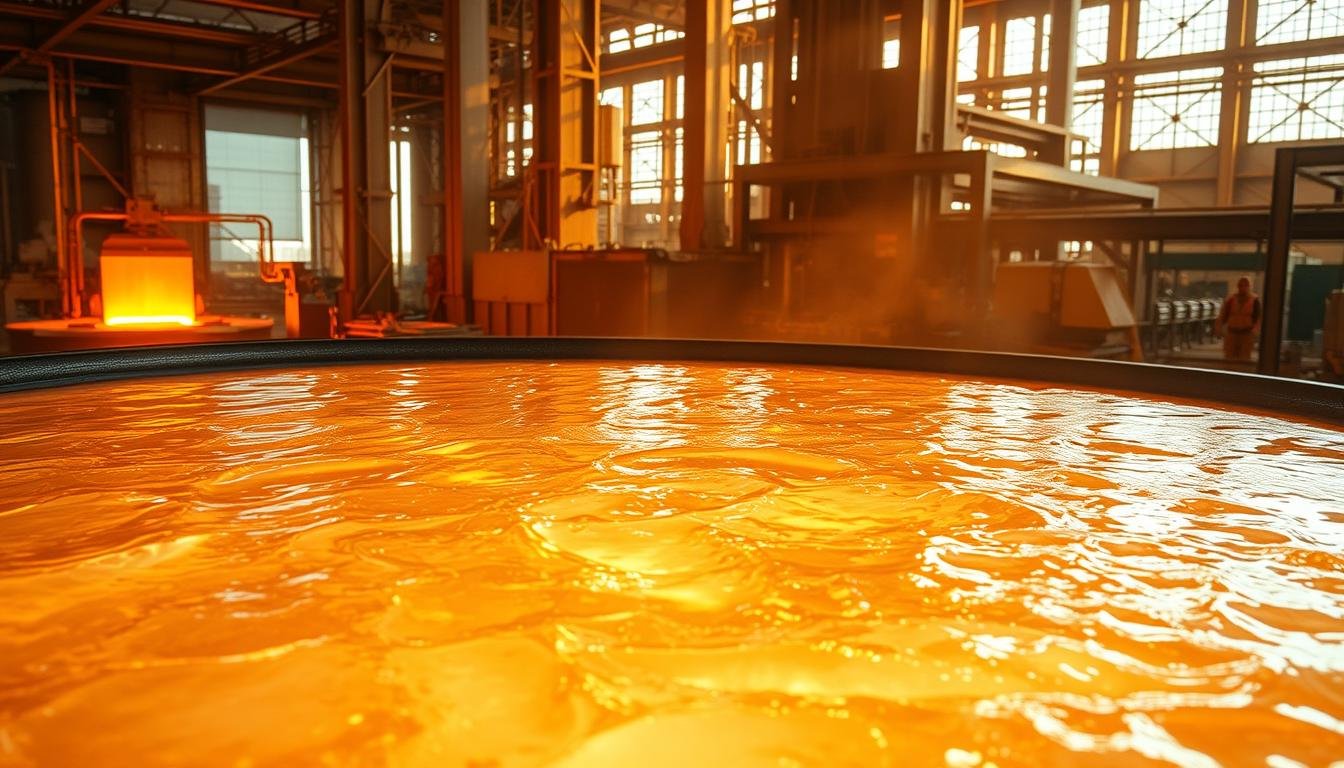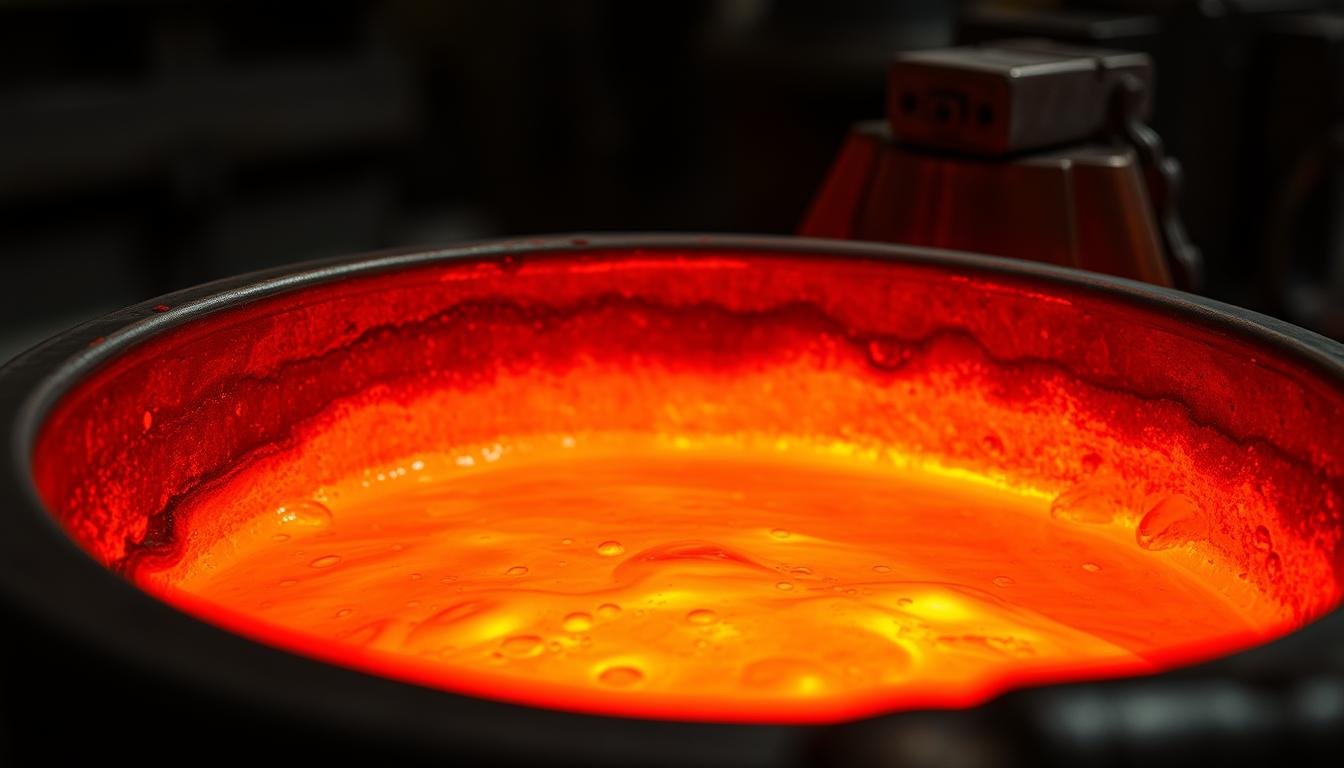Melting Point of Plastic: Factors, Temperatures, and Applications
Modern manufacturing relies heavily on understanding thermal properties in material selection. For engineers and product designers, knowing when polymers transition from solid to liquid states directly impacts production success. This melting point guide breaks down critical considerations for working with synthetic materials. Material behavior under heat varies dramatically across polymer types. Everyday thermoplastics like polyethylene … Read more



